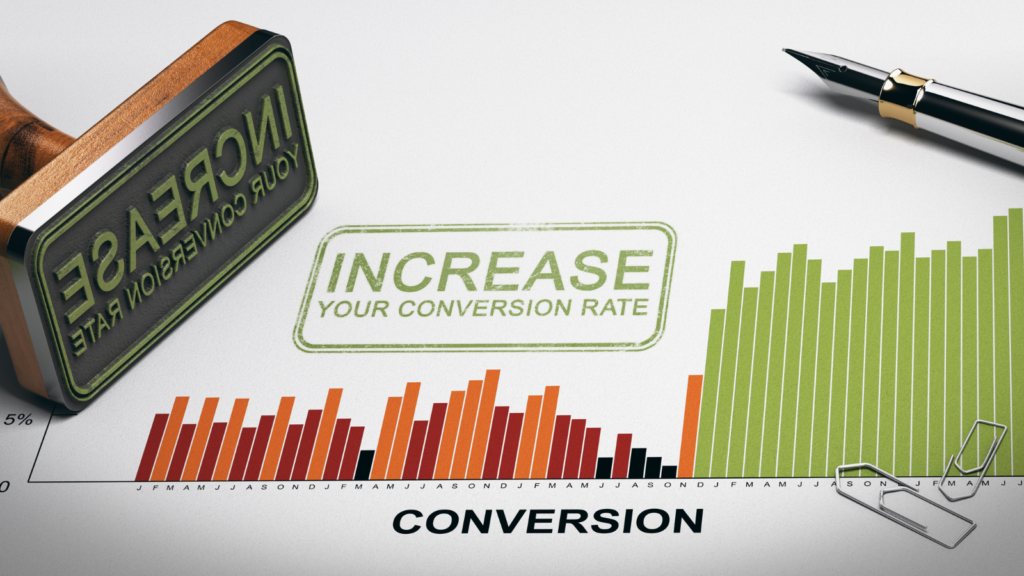Running a successful Shopify store requires a keen understanding of your business’s performance. To gauge your progress, it’s crucial to track key metrics that provide insights into various aspects of your brand. In this blog post, we will delve into the seven most important metrics that Shopify brands should monitor every month. By diligently tracking these metrics, you can make data-driven decisions to drive growth and optimize your marketing efforts.
So grab your magnifying glass and don your analytical cap—it’s time to embark on this thrilling journey of discovery. By diligently tracking these metrics, you’ll harness the power to make informed decisions, supercharge your marketing efforts, and witness your Shopify store flourish in the ever-evolving e-commerce landscape.
1. Revenue
Revenue is the heartbeat of every business, fueling its growth and sustainability. That’s why it’s crucial to keep a close eye on your total sales and revenue figures. By monitoring these key metrics, you gain insights into the financial health of your store. Tracking revenue trends month over month allows you to identify patterns, spot opportunities for growth, and evaluate the overall performance of your business. It’s like having a compass that guides your strategic decisions and helps you steer your business in the right direction.
Understanding your revenue goes beyond just numbers on a balance sheet. It empowers you to make informed decisions that can have a significant impact on your bottom line. By analyzing your revenue data, you can identify which products or services are driving the most sales and profitability. This knowledge enables you to optimize your pricing strategy, identify opportunities for upselling or cross-selling, and refine your product offerings to align with customer demand. Tracking revenue trends can also reveal seasonal patterns or fluctuations in consumer behavior, allowing you to adjust your marketing strategies accordingly and maximize revenue during peak periods.

Monitoring and understanding your revenue is crucial for the success of your business. It provides valuable insights into the financial performance of your store and helps you make informed decisions regarding pricing, product offerings, and marketing strategies. By tracking revenue trends, you can identify growth opportunities, adapt to seasonal patterns, and drive your business towards sustained profitability. So, keep a close eye on your revenue figures, as they hold the key to unlocking your business’s full potential.
2. Average Order Value (AOV)
Average Order Value (AOV) measures the average amount customers spend per transaction, providing valuable insights into your sales performance. By closely monitoring AOV, you can assess the effectiveness of your upselling and cross-selling strategies to increase the value of each customer’s purchase.
Increasing AOV has the potential to significantly impact your revenue without the need for additional customer acquisition efforts. By encouraging customers to spend more per transaction, you can unlock hidden potential and boost your bottom line. Analyzing AOV allows you to identify areas where you can optimize your sales strategies, such as bundling complementary products or offering discounts on larger orders. These tactics not only increase the value of each sale but also create a positive customer experience that can lead to repeat business.

In the world of e-commerce, AOV is a powerful metric that can guide your decision-making process and drive revenue growth. By understanding and analyzing AOV, you gain valuable insights into your customers’ purchasing behaviors and preferences. This knowledge enables you to tailor your marketing and sales efforts to maximize the average order value, ultimately boosting your business’s financial performance.
3. Conversion Rate
Conversion rate is a crucial metric that calculates the percentage of website visitors who make a purchase. It provides valuable insights into the effectiveness of your website design, user experience, and marketing campaigns. By closely monitoring your conversion rate, you can evaluate the performance of your online presence and make data-driven decisions to optimize your website, enhance user experience, and fine-tune your marketing strategies. This optimization process allows you to maximize the return on your website traffic and improve the efficiency of your sales funnel.

Understanding, tracking and optimizing your conversion rate is a vital aspect of running a successful online business. It involves understanding visitor behavior, meeting their needs, and creating an experience that encourages them to take the desired action of making a purchase. By consistently monitoring and optimizing your conversion rate, you pave the way for continuous growth and success in the digital landscape.
4. Repeat Purchase Rate
Acquiring new customers often takes the spotlight for e-commerce brands however. It’s essential not to overlook the immense value of retaining your existing customers. That’s where the repeat purchase rate comes into play.. This powerful metric paints a picture of customer loyalty by measuring the percentage of customers who choose to continue their journey with your brand and make additional purchases after their initial transaction. It’s like a compass guiding you towards long-term success and unlocking the potential for increased customer lifetime value (CLTV) while simultaneously reducing the reliance on costly customer acquisition efforts.

By nurturing customer loyalty, you create a loyal tribe of customers who not only love what you offer but also trust your brand. They become your advocates, spreading positive word-of-mouth and attracting new customers effortlessly. What’s more, as customers continue to return and make additional purchases, their customer lifetime value grows. It’s like a compounding effect that elevates the overall value each customer brings to your business, resulting in sustainable growth and long-term success.
5. Customer Acquisition Cost (CAC) or Cost Per Action (CPA)
Customer Acquisition Cost (CAC) represents the expenses you incur to acquire a new customer, encompassing various marketing costs and advertising expenditures. By tracking CAC, you gain insights into the effectiveness of your marketing campaigns and assess whether the costs associated with acquiring customers are in line with their lifetime value.
Monitoring CAC allows you to evaluate the efficiency of your customer acquisition strategies and make data-driven decisions to optimize your marketing efforts. By understanding the correlation between your acquisition costs and the value each customer brings over their lifetime, you can assess the sustainability and profitability of your customer acquisition process, striking the right balance between investment and return.

Lowering your CAC while ensuring the quality of customers can have a significant impact on your business’s bottom line. By finding ways to acquire customers more efficiently and cost-effectively, you increase your profitability and improve the overall health of your business. This could involve refining your targeting strategies, optimizing your advertising campaigns, or exploring new channels for customer acquisition. By continuously monitoring and optimizing your CAC, you create a more sustainable and scalable customer acquisition model, setting the stage for long-term success.
6. Marketing Earning Ratio (MER)
Marketing Earning Ratio (MER) calculates the revenue generated per dollar spent on marketing, providing insights into the profitability and efficiency of your marketing efforts overall.
Understanding your MER is crucial for evaluating the return on investment (ROI) of your marketing activities and accounts for sales driven indirectly from your paid marketing channels. As your paid marketing increases brands will naturally see an increase in organic and direct sales – this is where MER can show you the full picture.

Maximizing your MER requires a holistic approach to your marketing activities. It involves aligning your marketing strategies with your business goals, targeting the right audience, and delivering compelling messages through the most effective channels. By consistently assessing and improving your MER, you can enhance the efficiency and profitability of your marketing efforts, ultimately driving business growth and success.
MER Calculation:
Total Sales / Total Advertising Spend = Marketing Earning Ratio
7. New Subscribers: Email + SMS
Growing your subscriber base enables you to establish a direct line of communication with your audience. By capturing their contact information, you gain the ability to send personalized messages, exclusive offers, and relevant updates directly to their inbox or mobile devices. This direct communication channel allows you to engage with your subscribers on a deeper level, building trust and loyalty over time. By consistently adding new subscribers to your email and SMS lists, you expand your reach and increase the potential for conversion and sales.

An expanding subscriber base provides a foundation for long-term customer relationship management. It allows you to develop a segmented and targeted approach to your marketing efforts, tailoring messages and offers to specific subscriber groups based on their preferences and behaviors. By nurturing these relationships through personalized and relevant communication, you can increase customer satisfaction, encourage repeat purchases, and ultimately enhance customer loyalty. A strong subscriber base serves as a valuable asset for your marketing strategy, enabling you to build lasting connections with your audience.
If your paid marketing efforts are driving sales consistently however your subscriber rate is going up, that’s a really strong signal that future revenue will increase as your subscriber list grows.
Better Understand Your Business Performance With These 7 Vital Metrics Shopify Brands MUST Track Every Month
As a Shopify brand owner, embracing the power of these seven vital metrics is your ticket to success. By diligently monitoring revenue, AOV, conversion rate, repeat purchase rate, CAC, MER, and new subscribers, you gain valuable insights into the performance and growth of your business. Armed with this knowledge, you can make informed decisions that optimize your marketing strategies, boost profitability, and cultivate long-term customer relationships.
The journey to sustainable success starts now – harness the power of these metrics and watch your Shopify brand thrive in the competitive e-commerce landscape.
Want help taking your e-commerce store to the next level? Click here to learn more about Brandhopper Digital and see if your business is a good fit to work with us!
